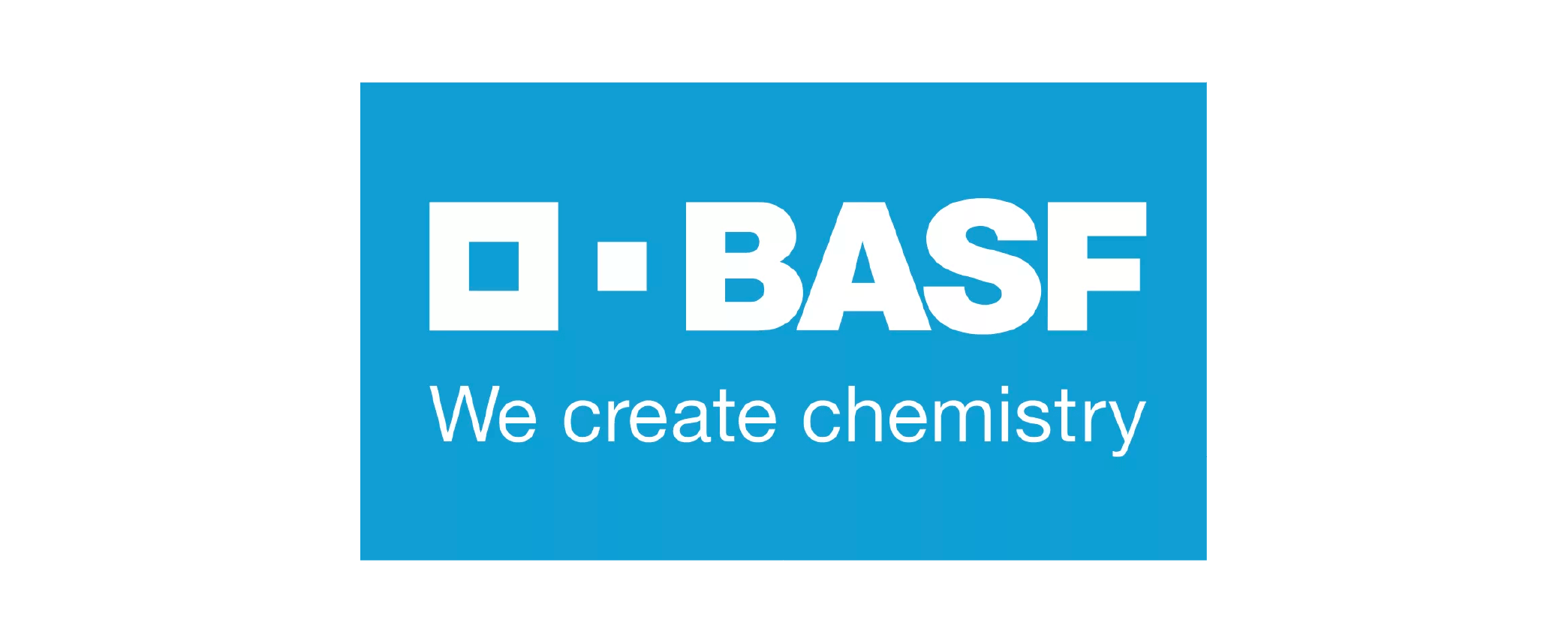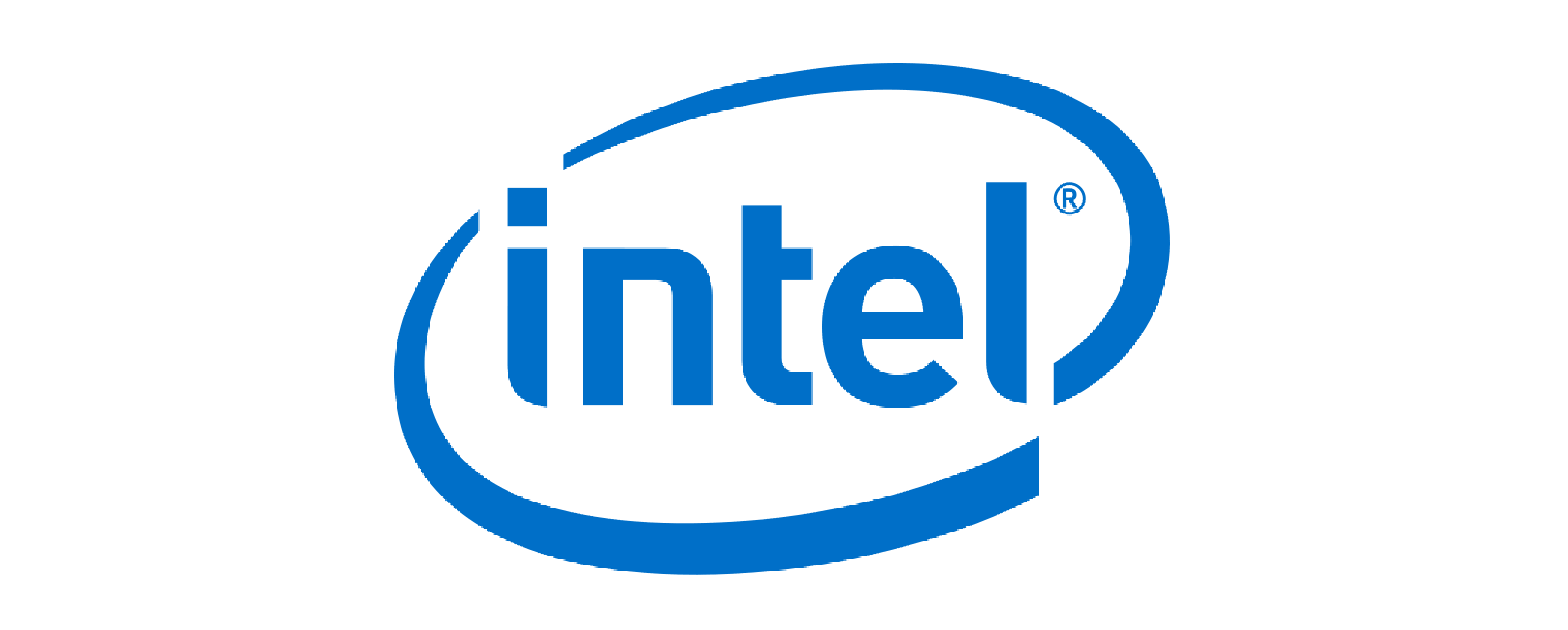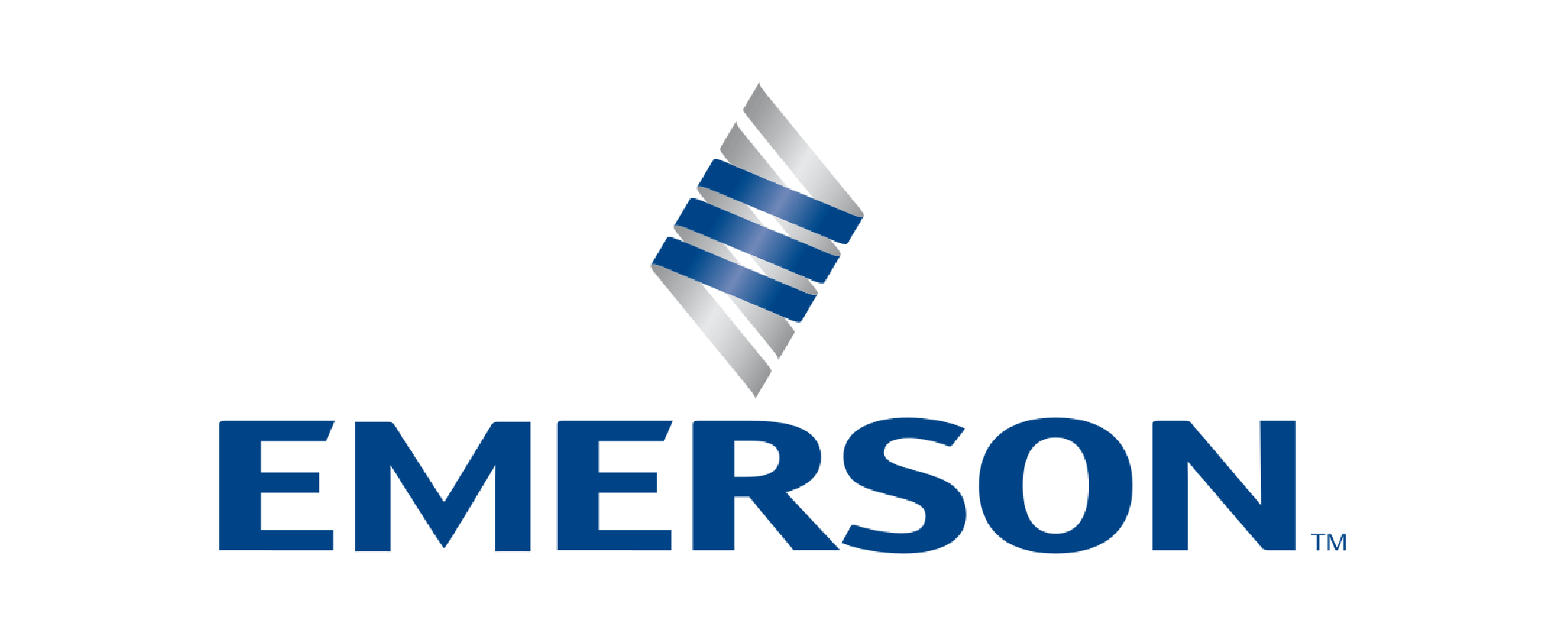The global Artificial Intelligence in Drug Discovery and Development Market size was valued at USD 1.10 billion in 2022 and is projected to expand at a compound annual growth rate (CAGR) of 30.2% during the forecast period, reaching a value of USD 13.98 billion by 2030.
Artificial Intelligence in Drug Discovery and Development Market research report by Future Data Stats, offers a comprehensive view of the market's historical data from 2017 to 2021, capturing trends, growth patterns, and key drivers. It establishes 2021 as the base year, analyzing the market landscape, consumer behavior, competition, and regulations. Additionally, the report presents a well-researched forecast period from 2022 to 2030, leveraging data analysis techniques to project the market's growth trajectory, emerging opportunities, and anticipated challenges.
MARKET OVERVIEW:
Artificial Intelligence in Drug Discovery and Development refers to the application of advanced computational techniques and algorithms to enhance the process of discovering and developing new pharmaceutical drugs. It involves the integration of various AI technologies such as machine learning, deep learning, natural language processing, and computer vision to analyze vast amounts of biological data and identify potential drug targets, optimize drug design, predict drug-drug interactions, and streamline clinical trial processes. By leveraging AI in drug discovery and development, researchers and pharmaceutical companies aim to accelerate the identification of promising drug candidates, reduce costs, and increase the overall success rate of bringing safe and effective medications to market.
In essence, Artificial Intelligence in Drug Discovery and Development holds significant promise in revolutionizing the pharmaceutical industry. By harnessing the power of AI to analyze complex biological data and facilitate data-driven decision-making, researchers can expedite the drug development timeline and potentially address previously untreatable diseases. The integration of AI technologies in this field is a critical step toward advancing precision medicine and improving patient outcomes by enabling more targeted and efficient drug development processes. However, challenges such as data quality, regulatory considerations, and ethical concerns remain important factors that require careful consideration as AI continues to reshape drug discovery and development practices.
MARKET DYNAMICS:
The Artificial Intelligence in Drug Discovery and Development market is driven by several factors that are shaping its growth and adoption. One of the primary drivers is the increasing need for faster and more efficient drug development processes. Traditional drug discovery methods are time-consuming and costly, often leading to a high failure rate of drug candidates. AI technologies offer the potential to streamline these processes by analyzing vast amounts of data, predicting drug interactions, and identifying promising drug targets, ultimately accelerating the overall drug development timeline.
Despite the significant potential, the market also faces certain restraints. Data privacy and security concerns are a major factor inhibiting the widespread implementation of AI in drug discovery. Pharmaceutical companies deal with sensitive patient data and proprietary research, making data protection a critical issue. Moreover, the complexity of integrating AI into existing drug development workflows and the need for specialized expertise are challenges that must be addressed to fully harness the benefits of AI in the pharmaceutical industry. However, amidst these challenges lie opportunities for market growth. The rise of collaborative efforts between pharmaceutical companies and AI technology providers, along with advancements in AI algorithms and computing power, presents a promising landscape for the continued evolution and successful integration of Artificial Intelligence in Drug Discovery and Development.
AI IN DRUG DISCOVERY AND DEVELOPMENT MARKET SEGMENTAL ANALYSIS
BY TYPE:
These AI techniques are revolutionizing the pharmaceutical industry by enhancing drug discovery processes, optimizing drug design, and expediting clinical trial operations. Machine Learning and Deep Learning algorithms analyze vast datasets to identify potential drug targets and optimize drug molecules, while NLP and Computer Vision enable the efficient extraction of valuable insights from scientific literature and medical images. Additionally, Knowledge Representation and Reasoning facilitate the integration of diverse data sources, aiding researchers in making informed decisions during the drug development journey. With these dominant factors at play, Artificial Intelligence continues to pave the way for transformative advancements in drug discovery and development, ultimately striving to bring safer and more effective medications to patients worldwide.
BY APPLICATION:
Target Identification and Validation, Drug Design and Optimization, Virtual Screening, Biomarker Discovery, Personalized Medicine, Clinical Trial Design and Optimization, Drug Repurposing, Toxicity Prediction, and Data Mining and Analysis are the key applications that benefit from AI technologies. These applications leverage AI's capabilities to analyze vast datasets, identify potential drug targets, optimize drug design, predict drug toxicity, and facilitate personalized medicine approaches. Additionally, AI-powered virtual screening expedites the identification of promising drug candidates, while drug repurposing efforts are being enhanced through data mining and analysis. The integration of Artificial Intelligence across these crucial applications is revolutionizing the drug discovery and development landscape, holding great promise for accelerating the delivery of innovative and life-changing therapies to patients worldwide.
BY END USER:
Pharmaceutical companies, biotechnology companies, contract research organizations (CROs), and academic and research institutions are the key stakeholders benefitting from AI technologies. These end users leverage AI's capabilities to streamline drug discovery processes, optimize drug design, and enhance clinical trial operations. Pharmaceutical and biotechnology companies utilize AI to identify potential drug targets, predict drug interactions, and expedite the development of novel therapeutics. Contract research organizations leverage AI to analyze vast datasets and provide valuable insights for drug development projects. Academic and research institutions harness AI's power for data mining, knowledge representation, and drug repurposing efforts, contributing to advancements in drug discovery and development.
REGIONAL ANALYSIS:
North America remains at the forefront of AI adoption in drug discovery, driven by a robust healthcare infrastructure, substantial research investments, and the presence of leading pharmaceutical companies. Europe also embraces AI technologies in drug development, benefiting from supportive regulatory frameworks and collaborative efforts between academia and industry. Meanwhile, the Asia Pacific region is rapidly emerging as a key player in the market, fueled by advancements in technology, growing research capabilities, and increasing investments in healthcare and pharmaceutical sectors. Latin America and the Middle East and Africa are witnessing gradual adoption, with a rising focus on AI implementation to enhance drug discovery processes and improve patient outcomes.
COVID-19 IMPACT:
The COVID-19 pandemic has significantly impacted the Artificial Intelligence in Drug Discovery and Development market, driving both challenges and opportunities. With the urgent need for effective treatments and vaccines, the adoption of AI technologies in drug discovery has accelerated to expedite the development process. AI's ability to analyze vast datasets and predict drug interactions has been crucial in identifying potential drug candidates for COVID-19 treatment. Moreover, AI-driven virtual screening and drug repurposing efforts have played a pivotal role in exploring existing drugs for their potential efficacy against the virus. However, the pandemic also posed challenges such as disruptions in clinical trials, data collection, and research funding uncertainties, impacting the overall progress in some areas. Despite these obstacles, the pandemic has underscored the importance of AI in drug development, emphasizing its role in advancing healthcare innovation and preparedness for future health crises.
INDUSTRY ANALYSIS:
Mergers & Acquisitions:
- In June 2023, Eli Lilly acquired Dice Therapeutics for $2.4 billion.
- In April 2023, GSK acquired Bellus Health Inc. for nearly $2 billion.
- In March 2023, Sanofi acquired Provention Bio for $2.9 billion.
Product New Launches:
- In October 2022, BenevolentAI launched two new AI-generated targets for AstraZeneca's R&D portfolio.
- In November 2022, Insilico Medicine signed a deal with Sanofi for discovering up to six new targets leveraging Insilico Medicine's “Pharma.AI” platform.
- In January 2023, Cyclica launched Clara Discovery, a collection of frameworks, applications, and AI models enabling GPU-accelerated drug discovery.
KEY MARKET PLAYERS:
- Pfizer Inc.
- Novartis AG
- Merck & Co., Inc.
- Johnson & Johnson
- AstraZeneca PLC
- Roche Holding AG
- GlaxoSmithKline PLC
- Sanofi SA
- Eli Lilly and Company
- Bristol Myers Squibb Company
- AbbVie Inc.
- Gilead Sciences, Inc.
- Amgen Inc.
- Takeda Pharmaceutical Company Limited
- Bayer AG
- Biogen Inc.
- Moderna, Inc.
- Vertex Pharmaceuticals Incorporated
- Regeneron Pharmaceuticals, Inc.
- Alexion Pharmaceuticals, Inc.
- BioNTech SE
- Celgene Corporation
- Incyte Corporation
- Jazz Pharmaceuticals plc
- Galapagos NV
Table of Contents
Executive Summary
Introduction
2.1. Overview of Artificial Intelligence in Drug Discovery and Development
2.2. Scope of the Report
2.3. Methodology
Market Landscape
3.1. Market Size and Forecast
3.2. Market Drivers
3.3. Market Challenges
3.4. Market Trends
AI Technologies in Drug Discovery and Development
4.1. Machine Learning
4.2. Deep Learning
4.3. Natural Language Processing (NLP)
4.4. Computer Vision
4.5. Knowledge Representation and Reasoning
AI Applications in Drug Discovery and Development
5.1. Target Identification and Validation
5.2. Drug Design and Optimization
5.3. Virtual Screening
5.4. Biomarker Discovery
5.5. Personalized Medicine
5.6. Clinical Trial Design and Optimization
5.7. Drug Repurposing
5.8. Toxicity Prediction
5.9. Data Mining and Analysis
AI Adoption in Drug Development Process
6.1. Preclinical Development
6.2. Clinical Development
6.3. Regulatory Approval
6.4. Post-Market Surveillance
End Users of AI in Drug Discovery and Development
7.1. Pharmaceutical Companies
7.2. Biotechnology Companies
7.3. Contract Research Organizations (CROs)
7.4. Academic and Research Institutions
Regional Analysis
8.1. North America
8.2. Europe
8.3. Asia Pacific
8.4. Latin America
8.5. Middle East and Africa
Competitive Landscape
9.1. Key Players Overview
9.2. Company Profiles
9.2.1. Company A
9.2.2. Company B
9.2.3. Company C
...
9.3. Strategic Developments
Future Outlook and Opportunities
10.1. Emerging Trends
10.2. Future Prospects
Conclusion
Appendix
12.1. List of Abbreviations
12.2. Methodology
12.3. Research Sources
Artificial Intelligence in Drug Discovery and Development Market Segmentation
By Type:
- Machine Learning
- Deep Learning
- Natural Language Processing (NLP)
- Computer Vision
- Knowledge Representation and Reasoning
By Application:
- Target Identification and Validation
- Drug Design and Optimization
- Virtual Screening
- Biomarker Discovery
- Personalized Medicine
- Clinical Trial Design and Optimization
- Drug Repurposing
- Toxicity Prediction
- Data Mining and Analysis
By End User:
- Pharmaceutical Companies
- Biotechnology Companies
- Contract Research Organizations (CROs)
- Academic and Research Institutions
By Geography:
- North America (USA, Canada, Mexico)
- Europe (Germany, UK, France, Russia, Italy, Rest of Europe)
- Asia-Pacific (China, Japan, South Korea, India, Southeast Asia, Rest of Asia-Pacific)
- South America (Brazil, Argentina, Columbia, Rest of South America)
- Middle East and Africa (Saudi Arabia, UAE, Egypt, Nigeria, South Africa, Rest of MEA)
Key Reasons to Buy this Report
- Comprehensive Insights: Market research reports provide in-depth and comprehensive insights into various industries, markets, and sectors. These reports are prepared after extensive data collection, analysis, and interpretation, offering you valuable information and a clear understanding of market trends, dynamics, and opportunities.
- Future Predictions: Market research reports often include future data statistics, forecasts, and predictions. These predictions are based on rigorous analysis and modeling techniques, taking into account various factors such as market growth drivers, challenges, and emerging trends. By accessing these future data stats, you can make informed decisions and develop strategies that align with the projected market scenarios.
- Industry Analysis: Market research reports offer detailed industry analysis, including factors such as market size, market share, competitive landscape, and key players. These reports provide an overview of the industry's current status, growth potential, and competitive dynamics, enabling you to identify lucrative opportunities and stay ahead of the competition.
- Market Trends and Opportunities: By purchasing market research reports, you gain access to up-to-date information on market trends and emerging opportunities. These reports highlight the latest consumer preferences, technological advancements, regulatory changes, and other influential factors shaping the market landscape. Keeping track of these trends helps you identify potential growth areas and adapt your business strategies accordingly.
- Risk Mitigation: Investing in a market research report can help mitigate risks associated with market uncertainties. The reports provide insights into potential risks, challenges, and barriers to entry in specific markets or industries. With this knowledge, you can develop risk mitigation strategies, anticipate market fluctuations, and make informed decisions to minimize potential losses.
- Investment Decision Support: Market research reports are valuable tools for investors, venture capitalists, and financial institutions. These reports provide reliable and data-driven information that aids in investment decision-making processes. By analyzing market research reports, investors can evaluate the market potential, assess the feasibility of investment opportunities, and gauge the expected returns on investment.
- Product Development and Innovation: Market research reports offer insights into consumer preferences, needs, and demands. This information can be leveraged for product development and innovation. By understanding the market dynamics and consumer behavior, you can tailor your products or services to meet the evolving needs of your target audience, leading to enhanced customer satisfaction and market success.
- Strategic Planning: Market research reports serve as a foundation for strategic planning. They provide a comprehensive overview of the market landscape, competitive positioning, and growth potential. With this knowledge, you can develop effective business strategies, set realistic goals, and allocate resources efficiently. Strategic planning based on accurate market research helps optimize your operations and improve your chances of success.
- Market Entry and Expansion: For businesses looking to enter new markets or expand their existing operations, market research reports are indispensable. These reports provide insights into market dynamics, consumer behavior, regulatory frameworks, and competitive landscapes specific to the target markets. This information helps you assess the feasibility of market entry, identify potential obstacles, and develop market entry strategies that increase your chances of success.
- Evidence-Based Decision Making: Market research reports provide evidence-based data and analysis, enabling you to make informed decisions. Rather than relying on assumptions or guesswork, you can base your decisions on reliable information and market insights. Evidence-based decision making reduces the risk of costly mistakes and increases the likelihood of achieving your business objectives.
RESEARCH METHODOLOGY
With a collective industry experience of about 70 years of analysts and experts, Future Data Stats encompasses the most infallible research methodology for its market intelligence and industry analysis. Not only does the company dig deep into the innermost levels of the market, but also examines the minutest details for its market estimates and forecasts.
This approach helps build a greater market-specific view of size, shape, and industry trends within each industry segment. Various industry trends and real-time developments are factored into identifying key growth factors and the future course of the market. The research proceeds are the results of high-quality data, expert views & analysis, and valuable independent opinions. The research process is designed to deliver a balanced view of the global markets and allows stakeholders to make informed decisions, to attain their highest growth objectives.
Future Data Stats offers its clients exhaustive research and analysis, based on a wide variety of factual inputs, which largely include interviews with industry participants, reliable statistics, and regional intelligence. The in-house industry experts play an instrumental role in designing analytic tools and models, tailored to the requirements of a particular industry segment. These analytical tools and models distill the data & statistics and enhance the accuracy of our recommendations and advice.
With Future Data Stats calibrated research process and 360° data-evaluation methodology, the clients receive:
- Consistent, valuable, robust, and actionable data & analysis that can easily be referenced for strategic business planning
- Technologically sophisticated and reliable insights through a well-audited and veracious research methodology
- Sovereign research proceeds that present a tangible depiction of the marketplace
With this strong methodology, Future Data Stats ensures that its research and analysis is most reliable and guarantees sound business planning.
The research methodology of the global market involves extensive primary and secondary research. Primary research includes about 24 hours of interviews and discussions with a wide range of stakeholders that include upstream and downstream participants. Primary research typically is a bulk of our research efforts, coherently supported by extensive secondary research. Over 3000 product literature, industry releases, annual reports, and other such documents of key industry participants have been reviewed to obtain a better market understanding and gain enhanced competitive intelligence. In addition, authentic industry journals, trade associations’ releases, and government websites have also been reviewed to generate high-value industry insights.
Primary Research:
|
Primary Research
|
Desk Research
|
Company Analysis
|
|
• Identify key opinion leaders • Questionnaire design • In-depth Interviews • Coverage across the value chain
|
• Company Website • Company Annual Reports • Paid Databases • Financial Reports
|
• Market Participants • Key Strengths • Product Portfolio • Mapping as per Value Chain • Key focus segment
|
Primary research efforts include reaching out to participants through emails, telephonic conversations, referrals, and professional corporate relations with various companies that make way for greater flexibility in reaching out to industry participants and commentators for interviews and discussions.
The aforementioned helps to:
- Validate and improve data quality and strengthen the research proceeds
- Develop a market understanding and expertise
- Supply authentic information about the market size, share, growth, and forecasts
The primary research interview and discussion panels comprise experienced industry personnel.
These participants include, but are not limited to:
- Chief executives and VPs of leading corporations specific to an industry
- Product and sales managers or country heads; channel partners & top-level distributors; banking, investments, and valuation experts
- Key opinion leaders (KOLs)
Secondary Research:
A broad array of industry sources for the secondary research typically includes, but is not limited to:
- Company SEC filings, annual reports, company websites, broker & financial reports, and investor presentations for a competitive scenario and shape of the industry
- Patent and regulatory databases to understand technical & legal developments
- Scientific and technical writings for product information and related preemptions
- Regional government and statistical databases for macro analysis
- Authentic news articles, web-casts, and other related releases to evaluate the market
- Internal and external proprietary databases, key market indicators, and relevant press releases for market estimates and forecasts
|
PRIMARY SOURCES |
DATA SOURCES |
|
• Top executives of end-use industries • C-level executives of the leading Parenteral Nutrition companies • Sales manager and regional sales manager of the Parenteral Nutrition companies • Industry Consultants • Distributors/Suppliers
|
• Annual Reports • Presentations • Company Websites • Press Releases • News Articles • Government Agencies’ Publications • Industry Publications • Paid Databases
|
Analyst Tools and Models:
|
BOTTOM-UP APPROACH |
TOP-DOWN APPROACH |
|
· Arriving at · Arriving at · Market Share · Key Market Players |
· Key Market Players · Market Share · Arriving at · Arriving at |
Artificial Intelligence in Drug Discovery and Development Market Dynamic Factors
Drivers:
- Accelerated drug discovery process through the use of AI algorithms and machine learning, leading to the identification of potential drug candidates more efficiently.
- AI enables personalized medicine by analyzing patient data and tailoring treatments based on individual characteristics, improving treatment outcomes.
- Reduction in drug development costs and time due to AI-driven virtual screening and optimization, attracting pharmaceutical companies to adopt AI technologies.
- AI's ability to handle big data and integrate diverse datasets enhances data mining and analysis, providing valuable insights for drug development.
Restraints:
- Data privacy and security concerns hinder the widespread adoption of AI in drug discovery, especially when dealing with sensitive patient data.
- Integration of AI into existing drug development workflows may pose challenges in terms of implementation and the need for specialized expertise.
- Regulatory considerations and compliance with evolving AI guidelines present obstacles to the adoption of AI in drug development processes.
Opportunities:
- Collaborations between AI technology providers and pharmaceutical companies open opportunities for advanced AI-powered drug discovery solutions.
- Advancements in AI algorithms and computing power offer potential for more accurate predictions and analysis in drug development.
- AI-based drug repurposing efforts present opportunities for identifying new therapeutic uses for existing drugs, potentially reducing development costs.
Challenges:
- Limited availability of high-quality data, especially in rare diseases, can hinder the effectiveness of AI models and drug discovery efforts.
- Ethical considerations related to AI's decision-making capabilities in drug development, including accountability and transparency, require careful attention.
- Validation and reproducibility of AI-generated results in drug discovery pose challenges in ensuring the reliability of AI-driven predictions.
Frequently Asked Questions

